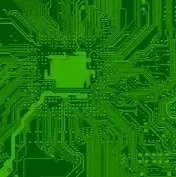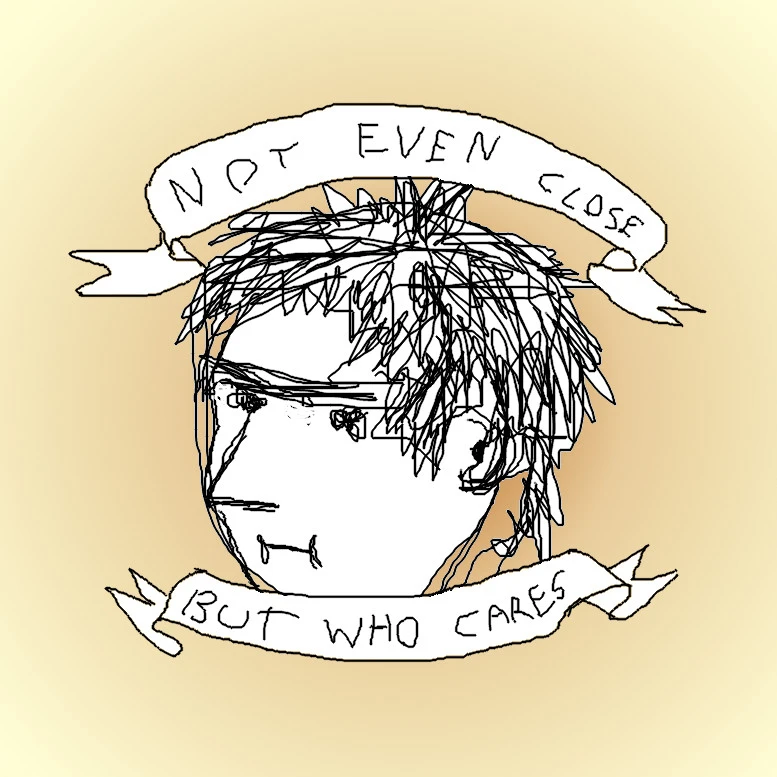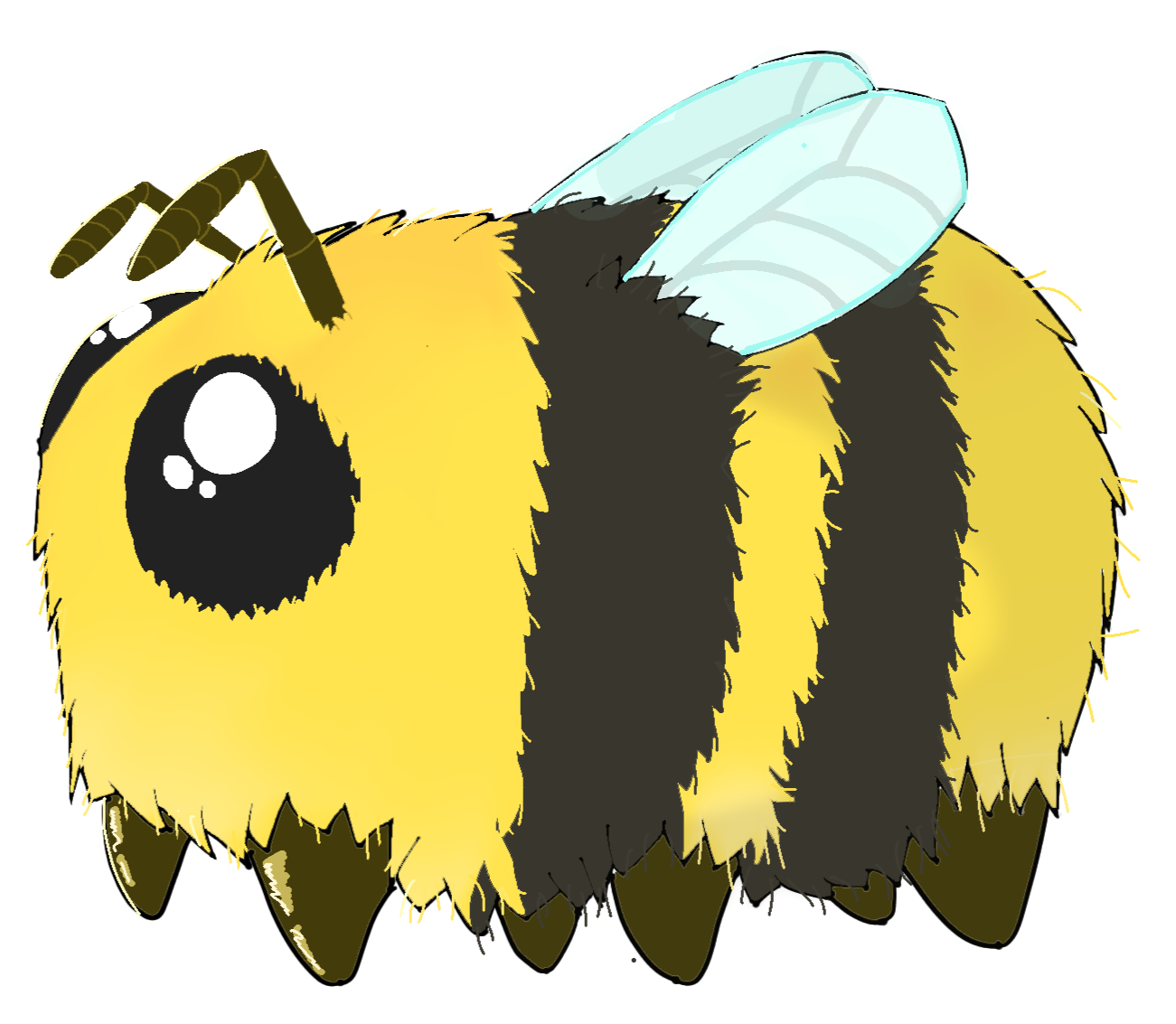I’m a high school teacher and I recently was discussing this. Protip: don’t talk to 14 year olds about how if something is in between hard and soft, it’s firm. 🙄
There’s a surprisingly more expansive demographic that pro tip applies to.
Tip
Hehe
You called out “tip”, but you left “expansive” just lying there helpless?
Don’t worry, it’ll rise to the occasion
Yepp, just the tip.
Expansive tip?
I’m 41f (going on 13 at times), and this is why my husband hates(loves) having me around the shop - all the mechanical everything is full of euphemisms and innuendo. “mating surfaces” 😂
Are emojis acceptable here? Because I’d like to insert the hand raise one here
I think yes, let’s make a new culture of restrained emoji use 🙌
Oh were they referring to praise hands? I thought they meant 🙋
I was high fiving their raised hand
👍
The Breakfast Club fist pump. There should be a dedicated emoji for that.
Yeah, that tip is applicable for a lot of people who understand what sex is, this isn’t something that really goes away with age in a lot of cases.
I feel like you should really have seen that one coming.
coming for sure
Whiskey-ware
This guy doesn’t fuck.
Not for lack of trying! He got that ropeware bug
Half-chubware
Firmware is just software that runs in a different place.
Source: me, I write firmware sometimes at work.
Well, it’s usually closer to the hardware though. Your average x86/64 software dev doesn’t have to struggle with pins, addresses, buses and timings that much, if at all.
Everyones a hardware engineer they just don’t want to admit it.
I’'d like to know that where spyware is located?
Windows
<whispers> it’s in the walls
'Til the sweat drop down my balls
All these rootkits crawl
Closed source source, motherfucker!
Firmware is just software that runs in a different place.
Like in the kitchen?
Jk
Mind? Blown.
Pants? Shat.
Hotel? Trivago
Doctor? Zhivago.
TIL! I have never even wondered why it is called that. Just took it as a fact and went along with it.
Damn… I always thought it meant the “firm” putting their “ware” on the chips. 😂
I actually never tried to find any meaning to it. I thought it was just software for the BIOS (which it is), and that’s it.
But this half wat between soft and hard? Whoa.
It’s not software for the BIOS, it is the BIOS.
You’re or course right!
Same
Anyone remember shareware?
200+ Shareware games on a CD, played the shit outta those. And they came in magazines or were given out completely free.
I believe demos for games should still be the norm.
And they arrived (because I don’t want to use ‘came’ given this thread already) on cereal boxes.
I had never heard of that around here (Germany). Got my first PC '99, so I should have noticed; was looking everywhere for cheap Software deals. But there were some other companies which gave out free CD-ROMs as advertising with shareware and demo games. Some of those games were never finished, lol.
The Internet Archive has those Nestlé CDs btw :)
obligatory Fuck Nestlé!
Happened in Canada for sure. The post made me go dig through boxes in the basement and try to remember where my old cdrom drive and cable that would connect to a new Mac would be found. Good times and worth it.
I sharewared my firmware and got malware.
I got malware in my wetware and had to change my underwear
Oh man, Doom. Getting 1/3 of the whole game was incredible. Also Deus Ex years later. Some people hated the Ellis Island level, but I spent so much time exploring everywhere.
doom shareware was a life changer, nothing had been the same since
I fucked around so long that I failed the mission. It gave a prompt that I had 17 minutes left to do the last thing, and ran out by 20 seconds or sth.
Gotta give that game a whirl again soon, with proper textures & mods & fool around with ReShade for hours until my back hurts and I gotta lay down after an hour of actual gameplay, muhaha.
The kinkiest of the wares
deleted by creator
Wow. TIL.
Wait… It’s not “firm” as in “company that made the stuff”? FIRMware = the official software a firm pushes to patch things they make
This was my assumption too, but I like this description better.
I’m here like “whynotboth.gif”
I like it…
Okay, but now explain Hard and Soft
I thought exactly the same thing…
I think most people get it intuitively without thinking too much about it.
It’s software that is tied to the hardware, in the old days most commonly on ROM, which makes it “firm”.
Also as many mention, it’s tied to the hardware by the “firm” that made the hardware, although I think that is more accidental, it kind of works for the logic too IMO.
It’s such a brilliant term that most people generally have an intuitive idea about what it means, without an actual explanation. Today though it’s a bit more murky where the line is drawn between software and firmware, since much firmware is distributed through the OS and Drivers, and can be changed on the fly.
By the way, “joystick” was kinda rude back in the day, but nobody even notices now.
What was more acceptable? “Control stick”?
No, “joystick” was the original term. Everyone in the past were a bunch of perverts.
It could have been worse. It could have been named enjoystick…
It was named by pilots. It’s in the, um, cockpit.
glad that changed
Disco stick, as in
“Let’s have some fun, this beat is sick / I wanna take a ride on your disco stick.”
Liking disco sticks don’t make me gay
what ? why ?
Wikipedia seems to suggest it was an original term, first recorded use in 1909, and mentions nothing about alternative terms or controversy. I call BS
He means rude as in people made a sexual innuendo out of it.
I remember in late 90s my brother bought a joystick. The brand was ThrustMaster. Literally, that was the name. ThrustMaster Joystick.
We still laugh about it sometimes.
Then there’s wetware (people).
I miss some of the older ones from my college days (1990s)… million logical instructions per second (megalips), and measuring mouse speed in mickeys/pixel.
With the advent of lab grown animal neurons interfacing with parts, we need to expand the definition of “wetware”.
It’s meat. Doesn’t even need to be people meat. Just meat that can be trained to react to stimuli, which opens up some options depending on complexity.
Like Tofu. Mind blown
Care to elaborate?
Types of tofu are silken, soft, medium, firm, extra firm, and super firm
Oh. For a second there I thought it was going to be like “Tofu only refers to a specific kind of compressed soybean and you’ve got other variants like ‘Sofu’, ‘Kofu’, and ‘Tafu’”.
Surely, I can’t be the only one where that came to mind?
I thought they were gonna be like “Tofu is the opposite of fromfu”
This implies the existence of silkenware as well as hard tofu.
We have a long way to go as a species
Horrible to eat.
L take, tofu is the bomb
Tofu is nothing more than a vessel for sauce, its only as good as what’s on it
Just like meat
Tell me you eat shitty meat without telling you eat shitty meat
What meat tastes good on its own?
I take that fucker straight out the packaging and eat it raw
Smoked tofu, right?
Did I stutter?
Usually smoked, yes. :D
No way. I’ve had it. High school gf mother would make for dinner when I went over. Ugh
Proper Tofu, smoked. Press the water out, dice, shake in a bag with oil, sesame and flour, then stir-fry. Try that, just one more time (ofc you don’t have to), with matching sides, and see how you like that. Can be quite not-so-bad.
But I can understand that you don’t like it!
Wow. I’ve never connected that dot either. Cool!
Can someone ELI5 what firmware actually is though? I kind of knew it was half way between, but i don’t know what that looks like.
Hardware is the physical part of computer.
Software is the code that runs on the computer to do the thing you want to do.
Firmware is the code that is installed on the hardware itself, usually in some sort of permanent or semi-permanent memory to make the hardware work.
Oh, that makes sense, thank you!
Can you provide an example for stupid people?
Say you have your display, this is made up of millions of lights that on their own just light up in whatever single colour you want, but together they light up to create an image.
Your software takes care of breaking down that image of a cat you want to look at into its corresponding pixels - with a value for colour and brightness.
For example it’ll say this area in the cat’s eye is black, so it’ll request the no light to come out of it. Another area might be a pale red so it’ll request red with some middle level of brightness.
Now your firmware takes that requested black for a specific Pixel and it’ll physically cut power to switch off all the lights in the required area. For the pale red it’ll power that the red ligh ON with hald power, whilst green and blue are OFF.
(things get more complex once you consider back-lightning)
Great explanation. Thanks!
Firmware is software that makes the hardware do what it is supposed to do that runs on the hardware itself.
The term is used somewhat ambiguously though.
- Sometimes it is just the pure functionality, “if button is pressed, flip the lights on/off”.
- Sometimes it glues communication with the functionality, “if signal is received over some interface, flip the lights on/off”.
- Sometimes it has an operating system, “when power is on, initiate communications with hardware and interfaces and load software if it is present to interact with any of these”.
- Sometimes it is a package with both operating system and software, “when power is on, initiate communications with hardware and interfaces and load software that I know is present”.
- Sometimes the OS and/or software in the firmware package has a helpful front facing user interface.
Thanks! Nicely explained!
It’s software that lives in the hardware. It provides low-level control and functionality specific to that device. It runs on the hardware itself, not the CPU of the computer.
For example, a hard drive. We don’t want the OS to have to know how to interact with every type of hard drive. Seagate does things differently than Western Digital, an SSD works very different than a hard drive, etc… The OS sends the same commands to all types of hard drives, but each hard drive needs to know how to actually comply with the commands. If the OS is asking for a dozen different files all over the drive, it would be dumb to try and read them all at the same time. The OS doesn’t really know where they are on the spinning disk, but the drive does. Firmware written specifically for the device can do a much better job planing how to fetch the data so the read head doesn’t need to go back and forth a bunch of times, but instead make one good pass fetching all the data as it comes to it.
Hope that helps.
FIRMware is SOFTware (code) that contains the instructions to run HARDware. In most cases you would experience it, hardware is running an OS (Operating System) which manages all of the firmware ‘packages’. Many electronics, particularly more sophisticated, have firmware that is directly loaded onto the device which has a proprietary OS with limited to no graphical interface.
I am a layperson so if an expert can weigh in on my take I’d appreciate it!
Firmware doesn’t run on an OS, you’re probably thinking of drivers which are different. Drivers are software that tell the OS how to interact with specific hardware.
Firmware is software that’s baked into specific hardware components and it exists outside of the OS. A visible example most people are familiar with would be the BIOS which is firmware for the motherboard. Hard drives, graphics cards, RAM, etc all also have their own firmware.
Other devices such as microwaves, washing machines, cars, or anything using microprocessors (so pretty much everything these days) also have components with their own firmware. It is true that device firmware can drive a UI on some devices such a as a microwave, but most people today wouldn’t consider that to be an OS (semantics, I know).
Thank you!
Yeah, nah…read the other reply. The comment you are replying to is a swing and miss.
Started computer science in grade school with only an hour of actual computer time a week. A LOT of theory and history. Charles Babbage, Ada, ENIAC, etc.
This stuff was drilled into our heads. Same with bit, byte and, halfway between bit and byte, a nibble. It’s a thing. 4 bits is a nibble.
Funny enough, I couldn’t code to save my life now.
Nibbles are still a thing in embedded programming and in ultra low bandwidth comms like LoRa. For example you can pack 2 BCD digits into a byte, one for the high nibble and one for the low nibble. This results in the hex representation of the byte actually being directly readable as the two digits, which is convenient.
Datasheet for sensors will sometimes reference nibbles as well, often for status bits on protocols like Onewire where every bit counts. i.e low nibble contains a state value 0-15 and high nibble contains individual alarm flags.
Nibbles can also be used with image types that are less than 8-bit
QBasic came with NIBBLES.BAS, a snake game using text-mode characters as “pixels”. Specifically it faked a 80x50 “pixel” grid using the standard 80x25 text screen where each 8-bit (=1 byte) text character made up two monochrome pixels using ▄ or ▀ or █ or an empty space.
I assume the name derived from the fact that, in a way, one pixel was “using half a byte”, i. e. a nibble.























